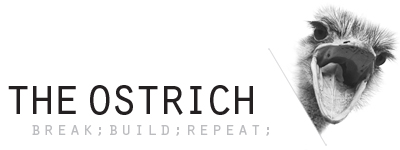I want to use Python 3 in my new Python-based projects. I really do.
It is clear that Python 3 is the future (present?), and is probably the “better language” compared to Python 2. Why not use the newer language?
Raymond Hettinger would probably say that Python 3 allows you to write more beautiful, idiomatic Python. I’m all in favor of that!
These days, I use Python 3 without much thought for small scripts that are intended for personal use, with few dependencies. This works fine, as long as I don’t reach a point that I want to use that library that doesn’t support Python 3, and then it’s a PITA…
If I want to write something that I want to share, on the other hand, choosing Python 3 is not so obvious. I want to use Python 3, because it’s the “Right Thing To Do”. I don’t want to be that “library that doesn’t support Python 3 and is someone’s PITA”. But I also want to have my stuff accessible to the masses that are still working only with Python 2, for whatever legitimate reason they may have. Like this, and to some extent this.
I wish there was an easy way to do just that – write beautiful, idiomatic, Python 3 code, while maintaining Python 2 compatibility.
Yes, you can say that Six library is a solution for writing dual Python 2 & Python 3 code. But would you argue that it grants my wish for “beautiful, idiomatic, Python 3 code”? If you think it does – please show me some examples!
Maybe you can also claim that 3to2 is a viable solution. I don’t know – I haven’t tried yet with complex real-life use-cases. Have you? Can you say this is a feasible path to take? How well does it handle the newest shiniest Python 3 stuff? What’s the development workflow around it? What do you do to catch and fix the edge-cases it doesn’t handle well, without ruining the original code with version-aware crap?
Are there other viable options? Anyone doing this with a large-scale projects, and is willing to share the approach and experience?







